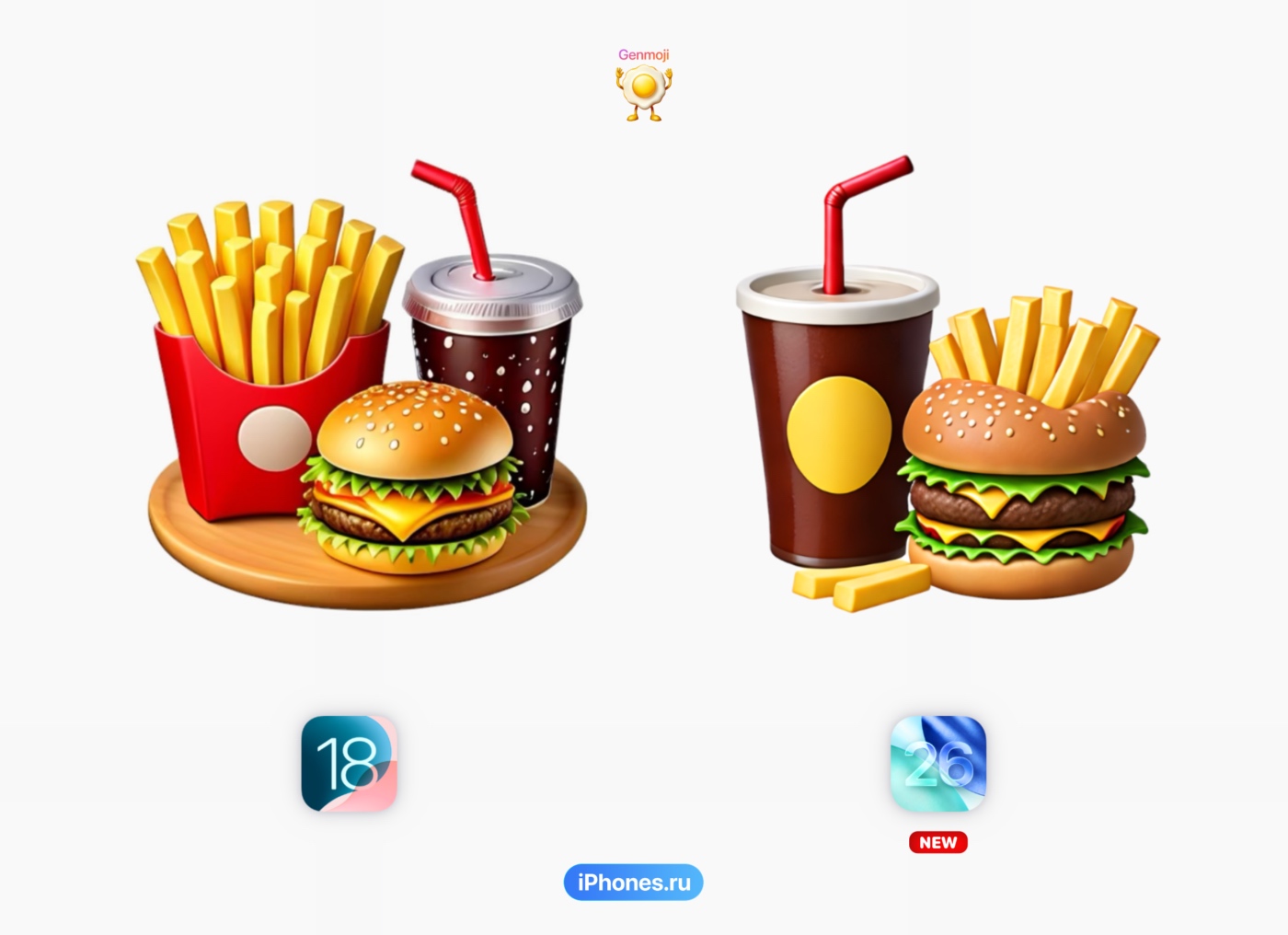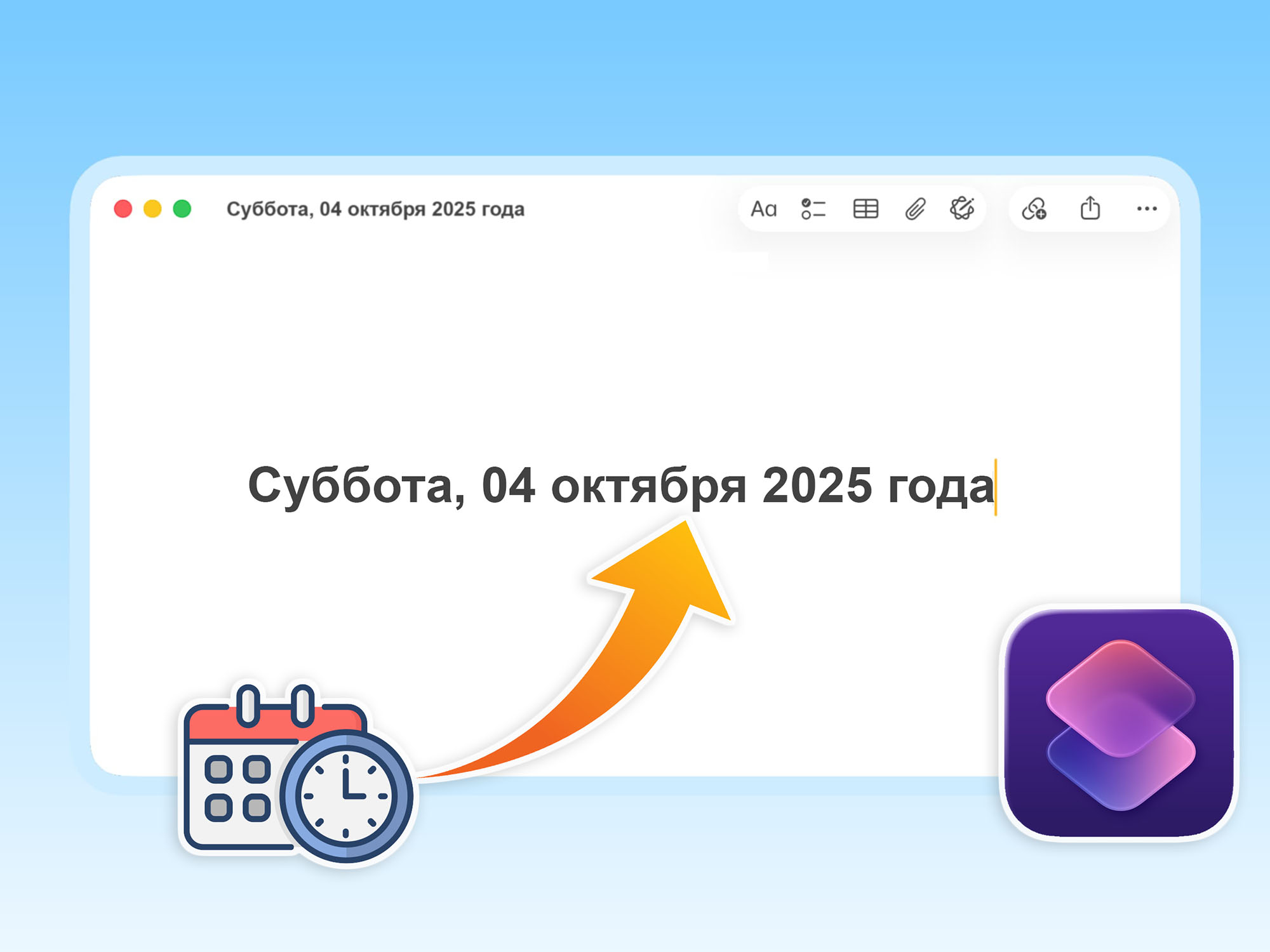Copper cables used by the United Kingdom for decades across much of its territory. can support up to three times more internet connectivity than they currently offer. According to a new study by Dr. Ergin Dink and his team at the University of Cambridge, this could eliminate costly fiber optic cables. The researchers also say the discovery will also improve internet connectivity in countries where telephone lines use twisted-pair copper cables. However, their proposed solution has some drawbacks.
Invented by Alexander Graham Bell in 1881, twisted-pair (TP) cables have been in use in the UK and other European countries since the 19th century, and consist of various copper wires connected to each other in a twisted fashion. Braided conductors in particular provide higher carrying capacity and they are capable of suppressing interference and crosstalk from other nearby cables. Thus, it allows you to connect different systems such as phones or computers with the same cable.
Currently, copper twisted-pair cables can reach speeds below 1 GHz, but the research team says that under optimal conditions they can reach up to 5GHz. “Standard twisted-pair cables used in the UK can be used at carrier frequencies up to 5 GHz without any radiation exposure, and this upper limit can be shifted to higher frequencies by reducing the length of the turn,” Dr. Ergin Dink details in his study. published in a magazine. Nature. Dink estimates that over short distances, broadband access using twisted-pair cables can reach 3 Gbps.
Copper cables with broadband speeds will not be able to replace fiber

The research team hopes this discovery will serve to adapt high-speed internet connectivity in places where laying fiber optic cables can be difficult or very expensive. For example, in old cities or historical areas. However, the ability to view at higher speeds than what copper cables currently offer does not seem to work as a definitive alternative to fiber. Mainly because fiber optic cables can carry hundreds of terabits per second over much longer distances.
However, a broadband twisted-pair cable connection can serve as a temporary solution, while telecommunications companies continue to advance in the installation of fiber optic infrastructures. As Dr. Ergin Dinc assured daily mailthis process could take “between 15 and 20 years to cover all households in the United Kingdom”.
Source: Hiper Textual










